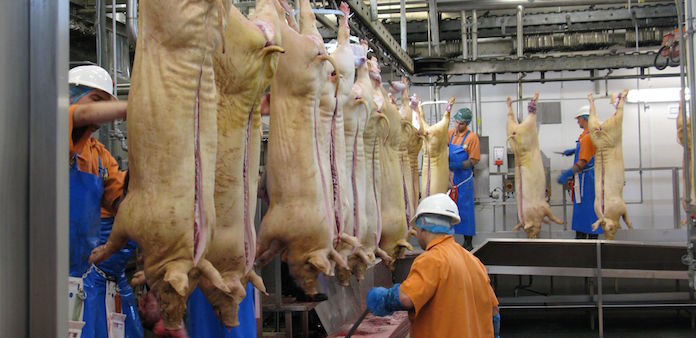In the first half of this year, Mexican pork production was 6% higher compared to the same period last year, however, this growth is expected to drop off in the second half of the year.
As a result, production this year is expected to increase by 4% on the year, to 1.4 million tonnes CWE, according to the USDA.

The Mexican pork industry is expected to continue its expansion over the next two years, driven by a more integrated supply chain and growing demand. Domestic pork consumption accounted for more than 28% of all meat and poultry consumption last year.
Stable retail prices are making pork an attractive option, particularly for the middle-class customers. These are reportedly struggling with higher unemployment levels and lower incomes. As such, domestic consumption is expected to grow by 4% a year over the next two years.
The Mexican government stopped providing subsidies for pigs brought to federally inspected slaughter sites at the end of last year. There had been concerns this might limit the number of pigs brought forward. However, pig slaughter at these inspected sites has reportedly increased by 1.1% in the first half of 2019. This increases the supply of pork that is compliant with food safety regulations for both domestic and export markets.
AHDB analyst Felicity Rusk said: “So far this year (year to June), exports of pork have reached 71,300 tonnes, 17% more than in the same period last year.
“Japan is the main export destination, accounting for just under 80% of shipments. Exports to China increased by nearly 40% but remained relatively small at 1,300 tonnes. Mexican exporters are reportedly focusing on expanding their presence within Asian markets.”




